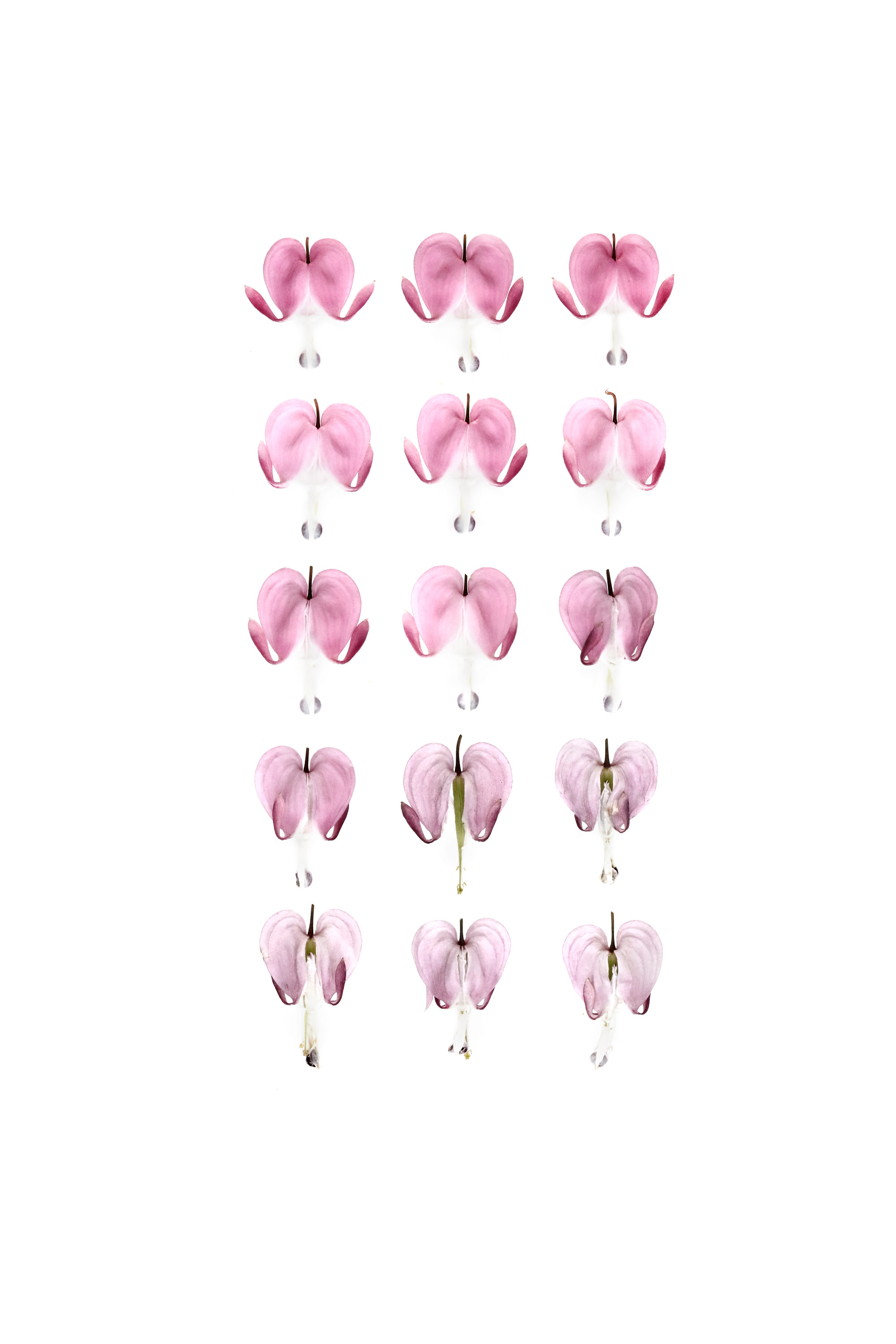
hue and saturation
i noticed that my bleeding hearts were in full bloom. but it was a few days before i got a chance to pick them as STILL subjects. in the meantime, they had gone past their peak, and had already started to fade. each sweeping branch of blossoms was a perfect study in varying saturations of a single hue.
bleeding heart flowers (Lamprocapnos spectabilis)
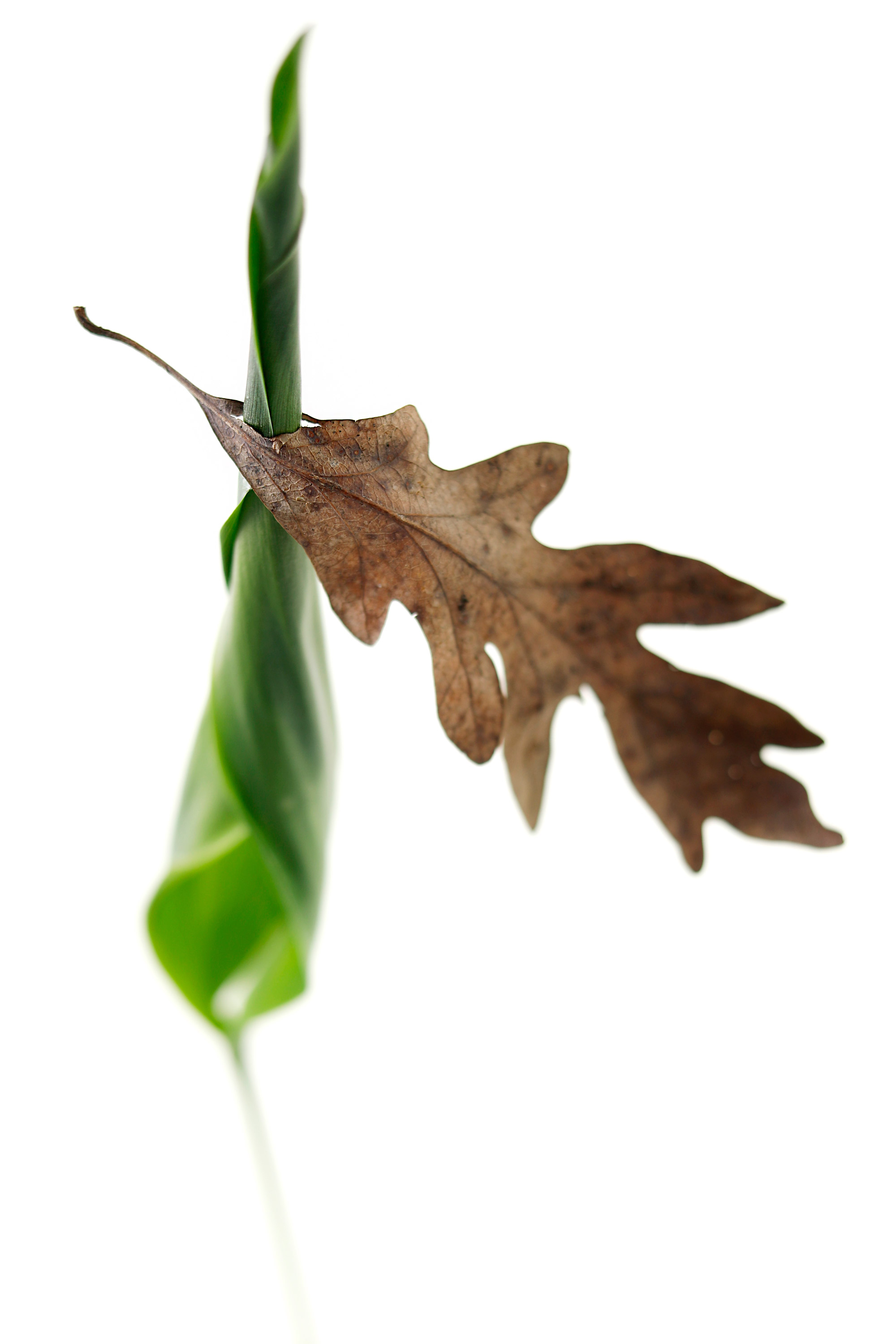
the odds
i went out to pick some lily of the valley today to shoot. it’s in full bloom all over my woods, and i have never really captured the sculptural quality of those tiny white bells to my satisfaction. but i got distracted by these two. they were easy to spot. all the other lily leaves were spread wide open like…well, like lily leaves. only this couple were curled up tight. what are the odds, you might ask, of a lily of the valley growing up through the tiny hole in one of last year’s oak leaves? if you saw the number of lily of the valley in my yard, and the number of fallen oak leaves, you might ask instead, what are the odds that such a thing didn’t happen?
lily of the valley leaves with oak leaf
-
My heart bleeds for Minneapolis
reply
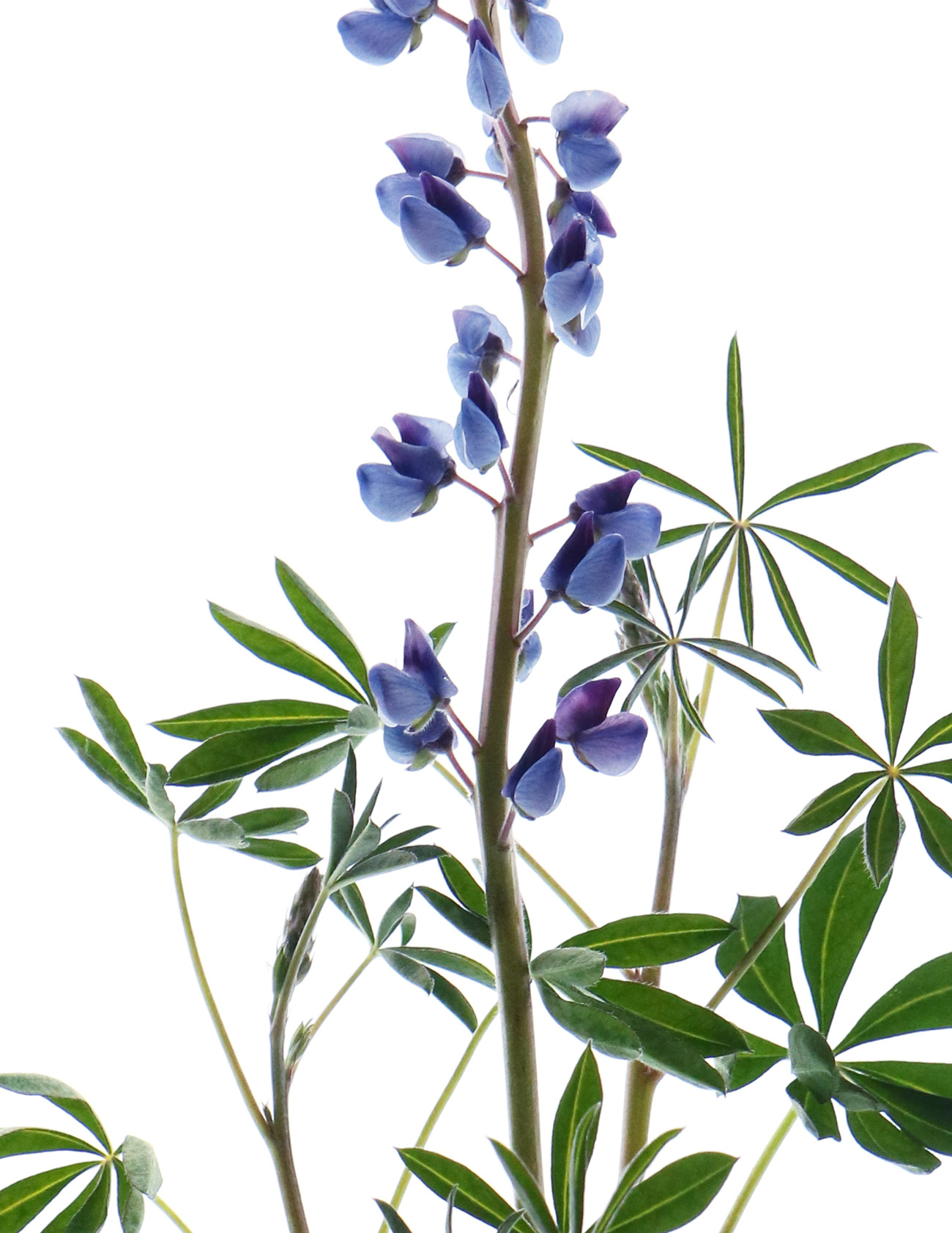
brand new old news
according to wiki, “seeds of various species of lupins have been used as a food for over 3000 years around the mediterranean and for as long as 6000 years in the Andes. Lupins were also used by many Native American peoples in North America.” in minnesota, lupines grow wild and bloom abundantly in the month of june. why have i never known this fact until now? more importantly, why do minnesotans import chickpeas, pine nuts, chia seeds, sesame seeds, and quinoa? please don’t tell my husband. it will only make him mad.
wild lupine (Lupinus)
-
It’s very bad for horses!
reply
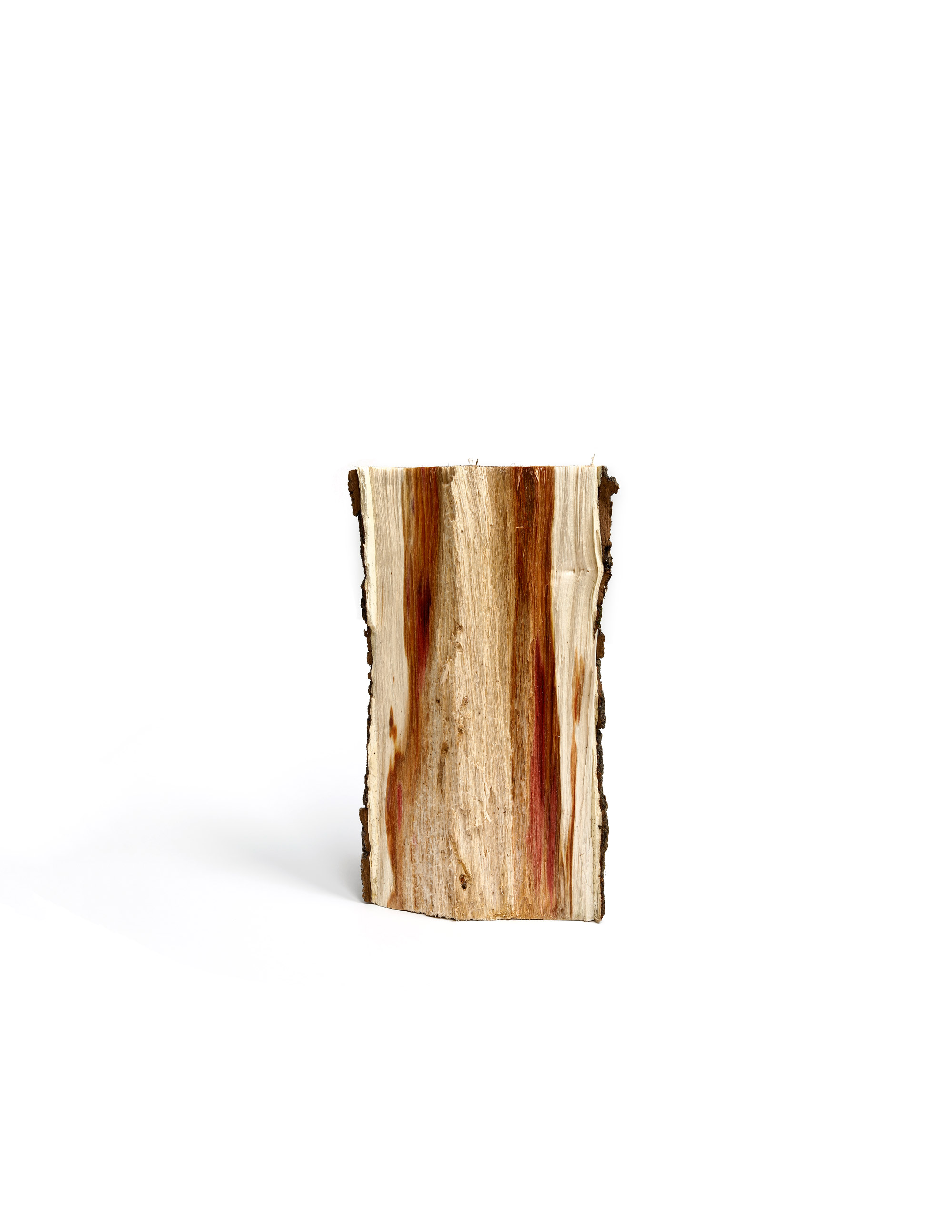
wood splitting
boxelder is in the maple family, which means in theory we could make syrup from its sweet sap, but it is not quite as sweet or tasty as maple for syrup, and it is not quite as dense and full of BTUs as maple firewood, which means that it tends to be cleared from mixed hardwood forest in our part of the world, because it is not a “high quality” tree, and yet, look at the color running up through its trunk. quality manifests itself in many ways.
boxelder wood (Acer negundo)
-
… and in my neck of the woods gives home to the adorable little Box Elder Beetles …
reply
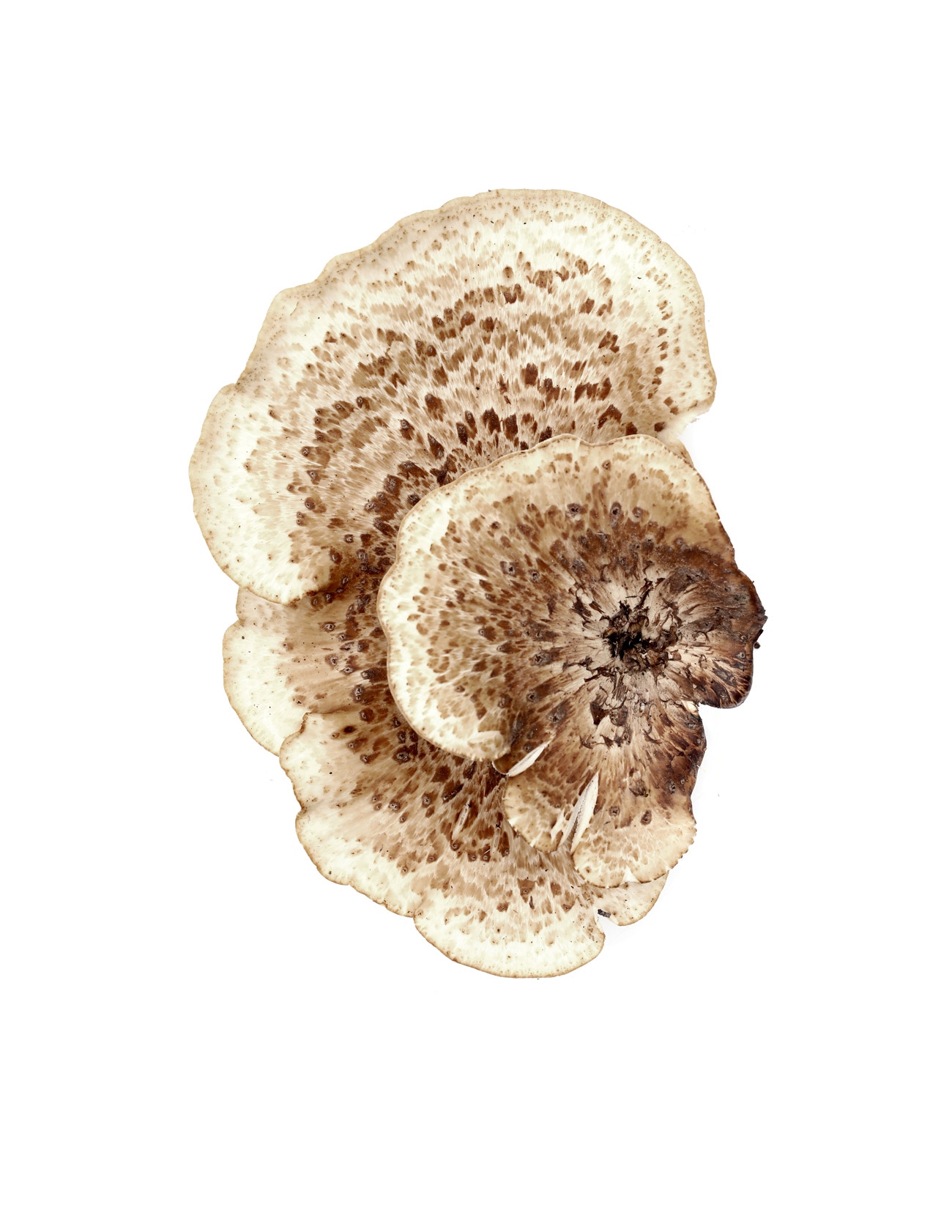
a failed mushroom hunt
steve went looking for morels and came back, disappointed, with these pheasant back mushrooms. i was elated that i didn’t have to photograph the irregular brain shapes of morels, and could instead photograph these almost geological looking fan-shaped beauties. yes, sure, i wish i had been served a slice of toasted baguette with sauteed morels and heavy cream for an aperitif tonight. but even despite that, i’m happy my husband’s mushroom hunt failed.
pheasant’s back mushrooms or dryad’s saddle


